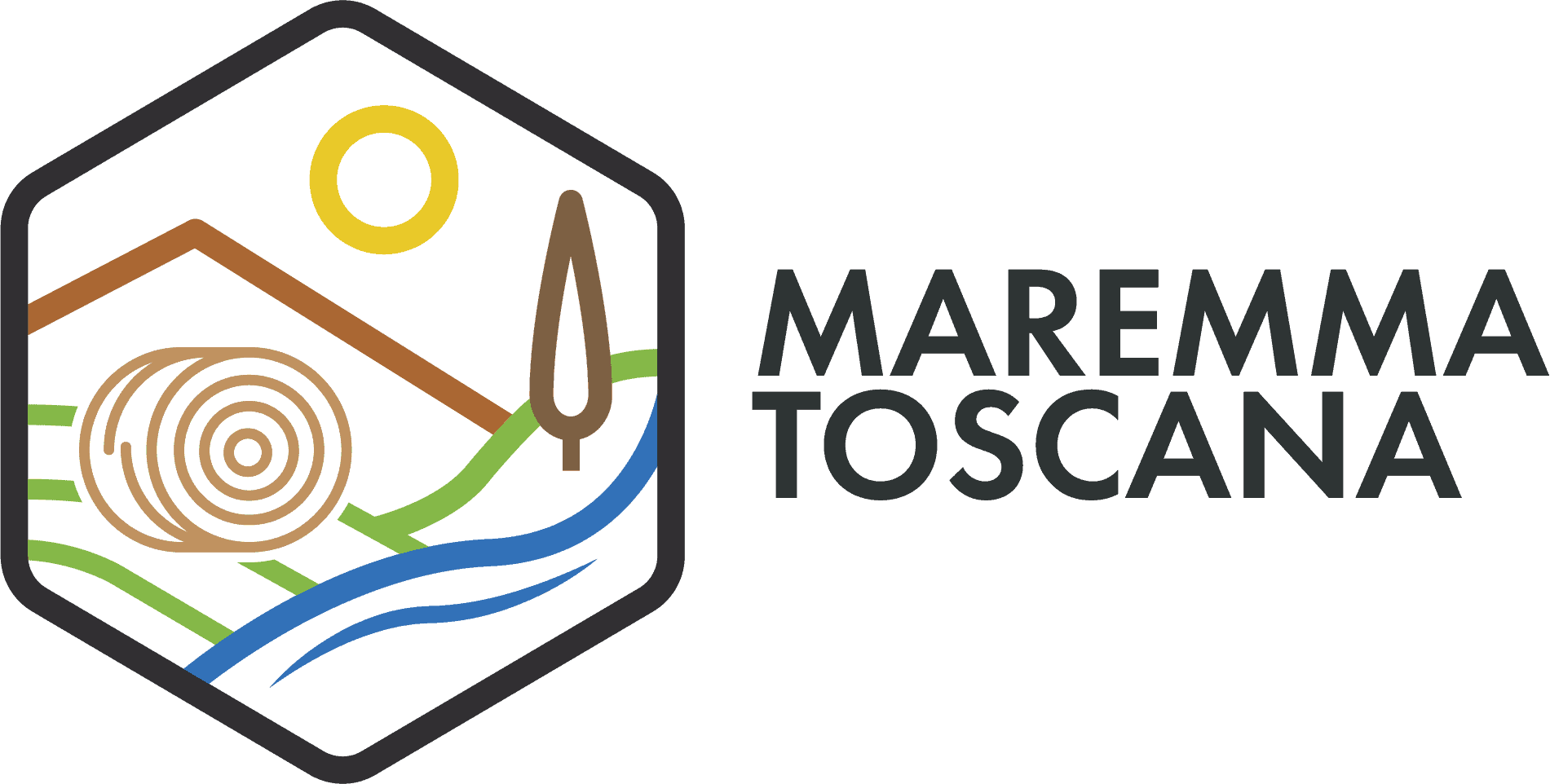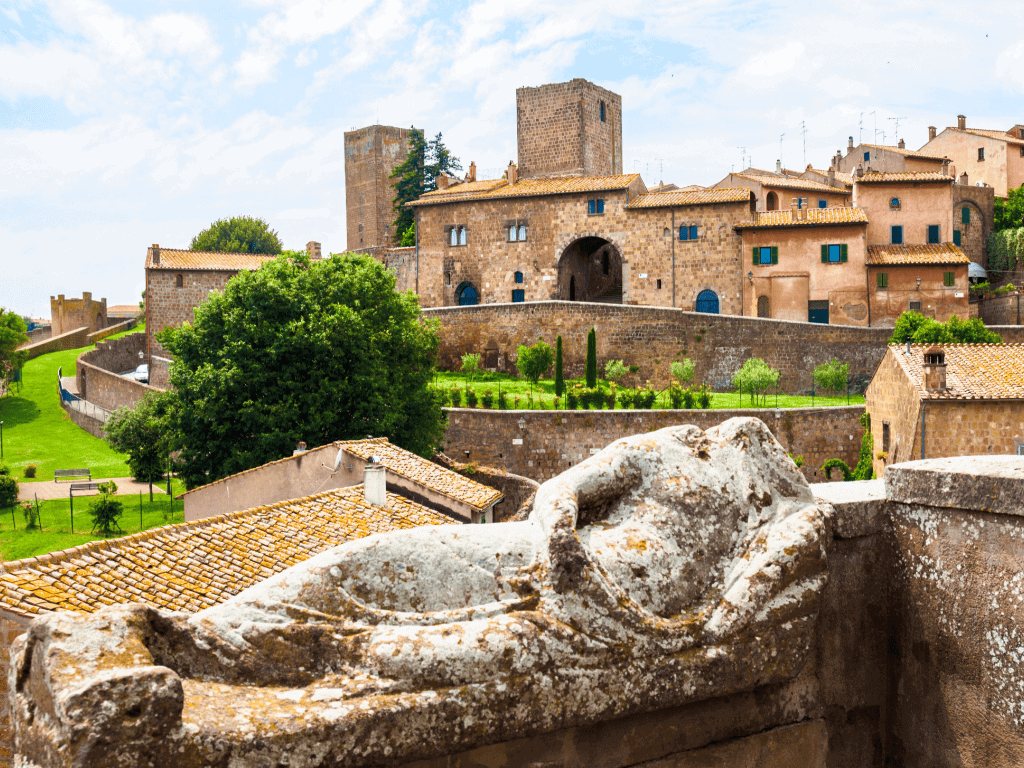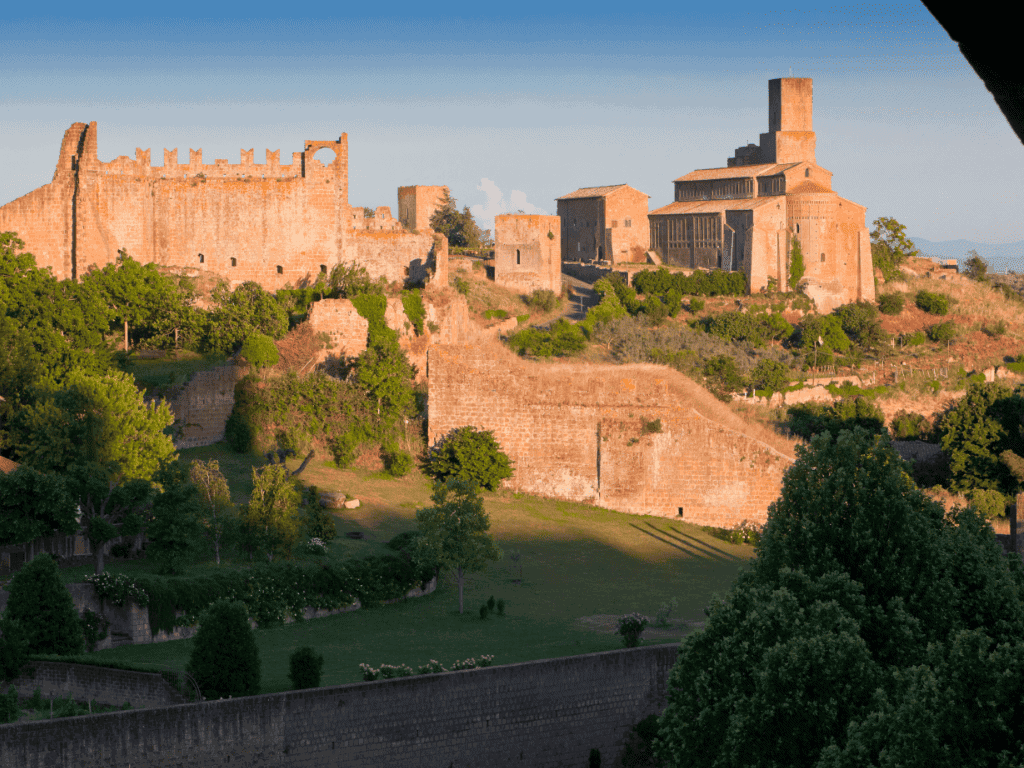A GEM OF THE VITERBO TUSCIA
Tuscania is a picturesque town with a medieval appearance situated on seven tuff rock promontories, 180 meters above sea level. Located between the Marta River and the Capecchio Stream, it overlooks the major communication route that extends from the Tyrrhenian Sea to Lake Bolsena. The ancient village, perfectly preserved, offers an atmosphere of rare medieval charm.
What to See in Tuscania
Tuscania offers numerous points of interest. Renowned, especially for the two basilicas of San Pietro and Santa Maria Maggiore, authentic masterpieces of Romanesque architecture, the town also features a valuable medieval and Renaissance historic center, characterized by elegant plastered palaces and older tuff buildings. There are also parks and breathtaking viewpoints over the surrounding valleys. Lastly, the Tuscania Archaeological Museum, housed in the former convent of S. Maria del Riposo, preserves Etruscan relics of rare beauty and significance.
The Churches of Tuscania
The Church of San Pietro stands on the homonymous hill, where the Etruscan acropolis likely once stood. The beautiful façade features a central portal, two side doors, a large Cosmatesque rose window, and many decorative elements. The interior consists of three naves. Of particular interest is the Cosmatesque floor, which, with its decorations, indicates the spaces of the original church to visitors.
The Church of Santa Maria Maggiore, located at the foot of the Colle di San Pietro, is another beautiful example of Romanesque art in Tuscania. The façade boasts three beautiful decorated portals, with the central one entirely constructed of white marble.
The History of Tuscania
The territory of Tuscania has been inhabited since the Bronze Age. Between the 4th and 3rd centuries B.C., Tuscania experienced its peak during the Etruscan era. A thriving diocese in the early medieval period, the city went through a period of internal conflicts instigated by various noble families vying for power. Half a century later, it returned under the dominion of the Papal States, and the city enjoyed centuries of fruitful economic, artistic, and cultural activity.
How to Get to Tuscania
By car: Tuscania is easily accessible by car from Rome or Florence via the A1 motorway. If you’re coming from Rome, you’ll need to take the exit for Orte and follow the signs to Viterbo, then to Tuscania. If you’re coming from Florence, you’ll need to take the exit for Orvieto and follow the signs to Bolsena, then to Tuscania.
By train: The nearest train station to Tuscania is Viterbo, which is well-connected with Rome and other cities in Lazio. From Viterbo, you can take a bus to reach Tuscania.
By bus: There are regular buses that connect Tuscania with Viterbo and other cities in the region.




